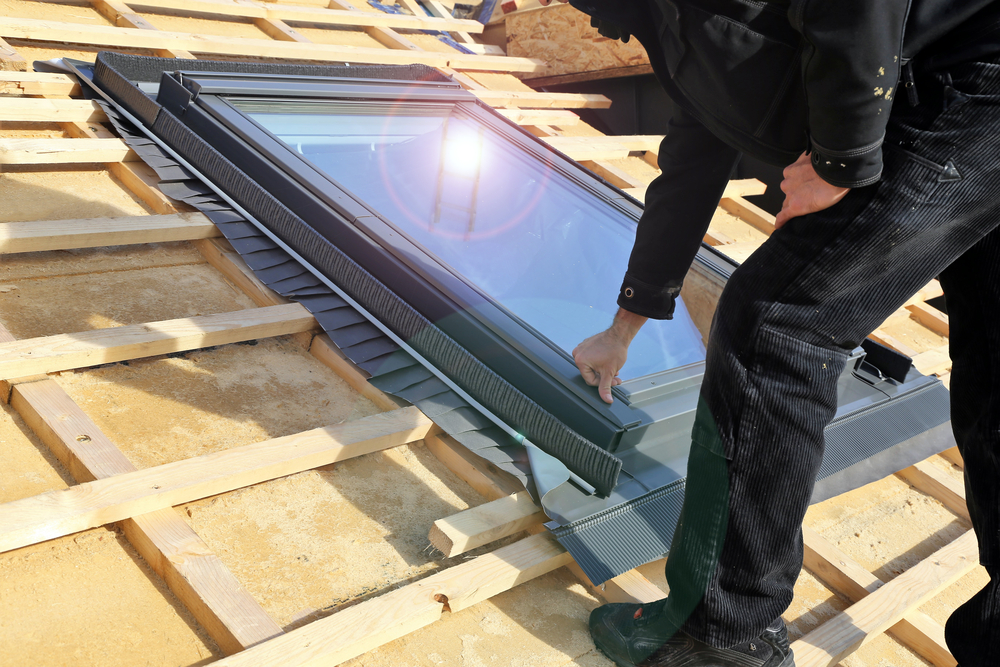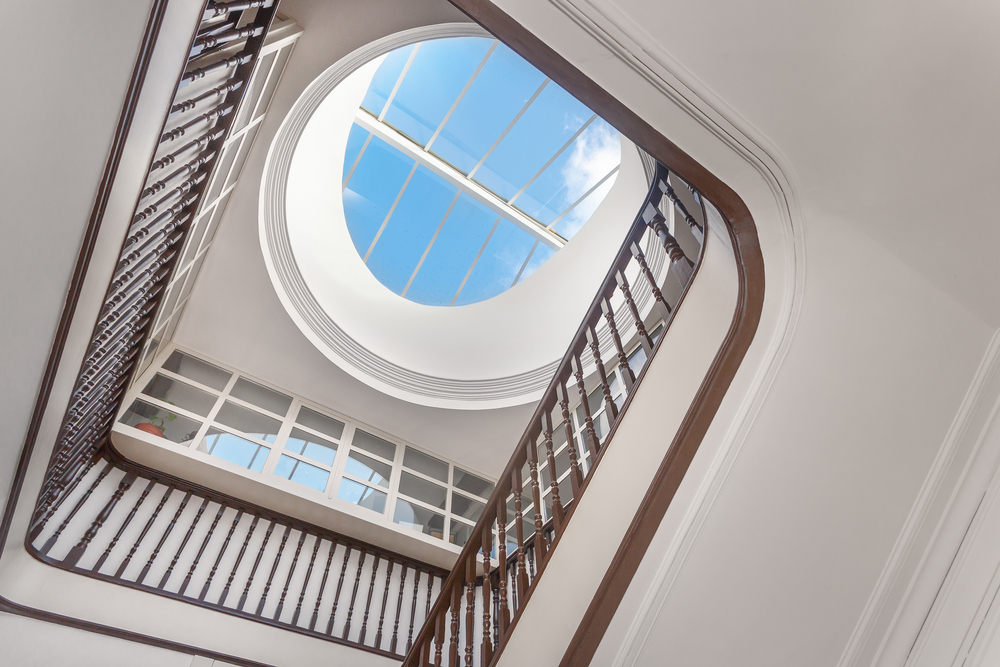Energy-Efficient Skylights Illuminate the Space but Not the Utility Bill
Skylights add light and an open, airy feeling into a room. Skylights are little windows installed on the roof, and they might be a popular addition to bring light into a living area or even a bedroom.
Like all windows, though, skylights could be a source of energy waste. Here’s how energy-efficient skylights illuminate the space without lighting up the utility bill.
What Makes a Skylight Energy Efficient?
Skylights are just another type of window. Unfortunately, these windows are installed on the roof; this means that they can be a source of heat and they can cause warm air to escape the home during a cold winter.
Homeowners don’t want to add heat into their home during the summer, and they don’t want to lose heat during winter. To ensure that skylights don’t become an energy drain, homeowners can opt for energy-efficient skylights.
According to the Department of Energy, these skylights can be designed with “…various glazing technologies including heat-absorbing tints, insulated glazing, low-emissivity (low-e) coatings, or translucent insulation material between several glazing layers.” All these features ensure that homeowners don’t lose heat in winter or gain heat during the summer.
When searching for energy-efficient skylights, the Department of Energy explains that homeowners should look for the ENERGY STAR label and also the label from the National Fenestration Rating Council (NFRC). The NFRC label will include details about the skylight/window related to its U-Factor and its solar heat gain coefficient (SHGC).
Homeowners might opt for a skylight that offers a low U-Factor (provides better “thermal resistance” in cold temperatures) and a low SHGC (which reduces unwanted heat). These numbers will be noted on the NFRC label.

Where to Place a Skylight
The placement of a skylight also can impact how it lights up the room or even warms up the room. The sun rises in the east and sets in the west. Homeowners need to keep this directional data in mind when placing their skylight.
The Department of Energy explains that north facing roof placement allows the skylight to bring light into the room without heating it up. In contrast, placing the skylight south infuses the space with more warmth during winter, but the Department of Energy notes that it also can contribute to more warmth in the summer.
Homeowners might work with a professional to determine the best placement for their skylight. While homeowners might envision a skylight directly above their bed (for a starry night sky), this installation might or might not be ideal. Plus, that skylight might end up making the room a bit warmer during the summer. Again, though, placement is key.
Finding the Most Energy-Efficient Skylights
Homeowners can visit the ENERGY STAR website to find the most energy-efficient products—including energy-efficient skylights.
How much should homeowners expect to pay for new energy-efficient skylights? The price could vary, but some brands are around a few thousand dollars. Homeowners can conduct a search to find the most energy-efficient options and then start comparing prices to find one that fits their budget.
Size Matters for Skylights
While a massive skylight might seem like a beautiful way to bring light into a space or even open up a room, homeowners need to be mindful about the size of their skylights.
In addition, the number of windows in the room impacts the size of the skylight. According to the Department of Energy, “…the skylight size should never be more than 5% of the floor area in rooms with many windows and no more than 15% of the room’s total floor area for spaces with few windows.”

Skylights are Available in Different Shapes
Homeowners also might elect to create a sunlight that infuses a touch of personality into their room. While skylights can be circular or square in design, there are other options, too. Some look like stars. Others might include stained glass.
While positioning the skylight is important to ensure that homeowners don’t add unnecessary heat into the home, these rooftop windows can create a unique style to a room. Some homeowners also add multiple small skylights to create a modernist design.
When homeowners are interested in pursuing less traditional skylight styles, they might work with a professional to bring this look to reality and choose products that are the most energy efficient.
Are There Skylight Coverings?
Some homeowners might not want sunlight in their room all the time. Are there coverings for skylights? Homeowners can install skylight blinds and shades to take control of the light in the room.
Homeowners might research different companies to find the product that’s right for their design tastes and their budget. These window coverings might even include blackout options.
If homeowners are thinking about installing a skylight to illuminate their space with sunlight, they should research their energy-efficient options. In addition, the placement of these windows can impact heat gain in a room. Choosing energy-efficient skylights and installing them in an energy-efficient position can ensure that these skylights light up the room and don’t heat up the utility bill.


